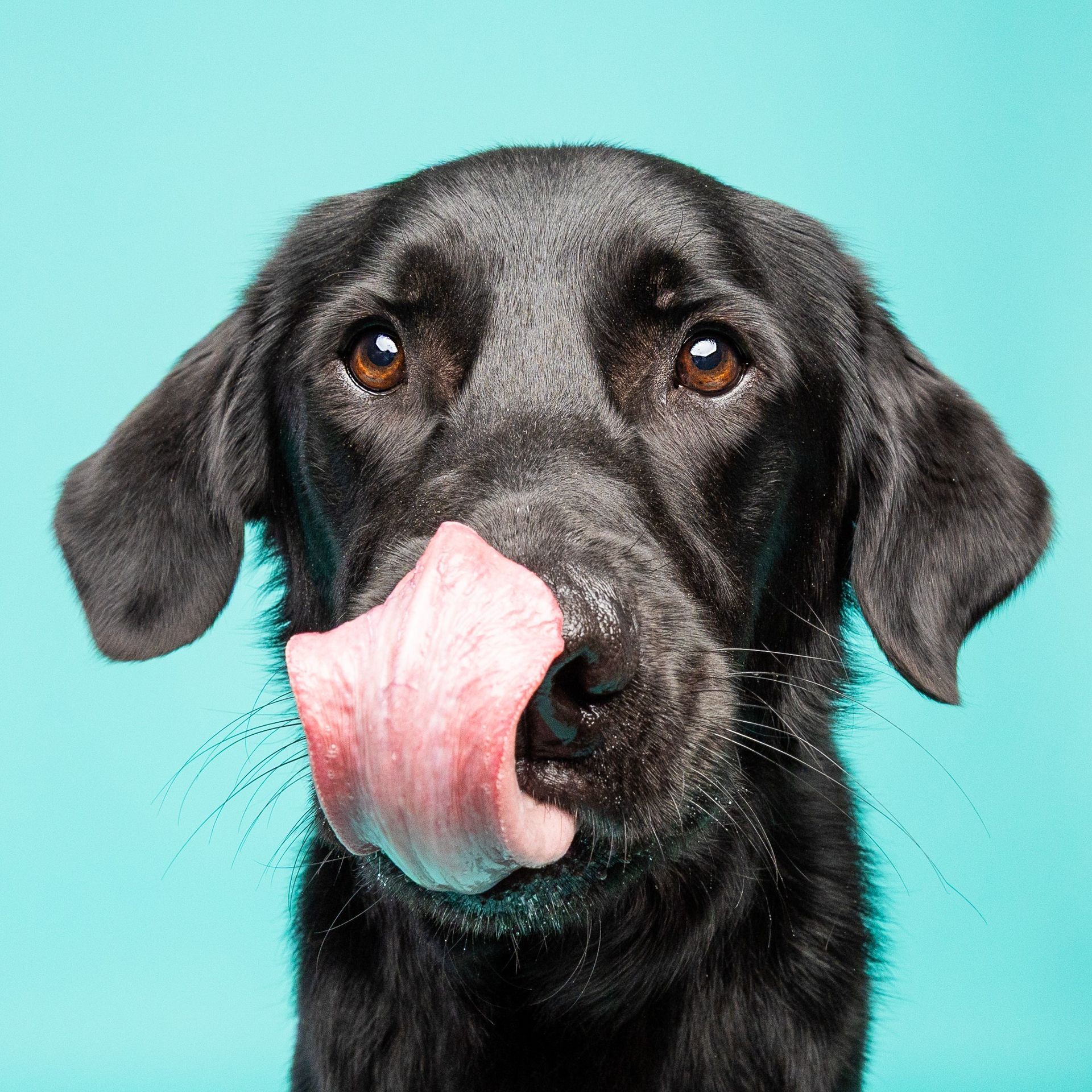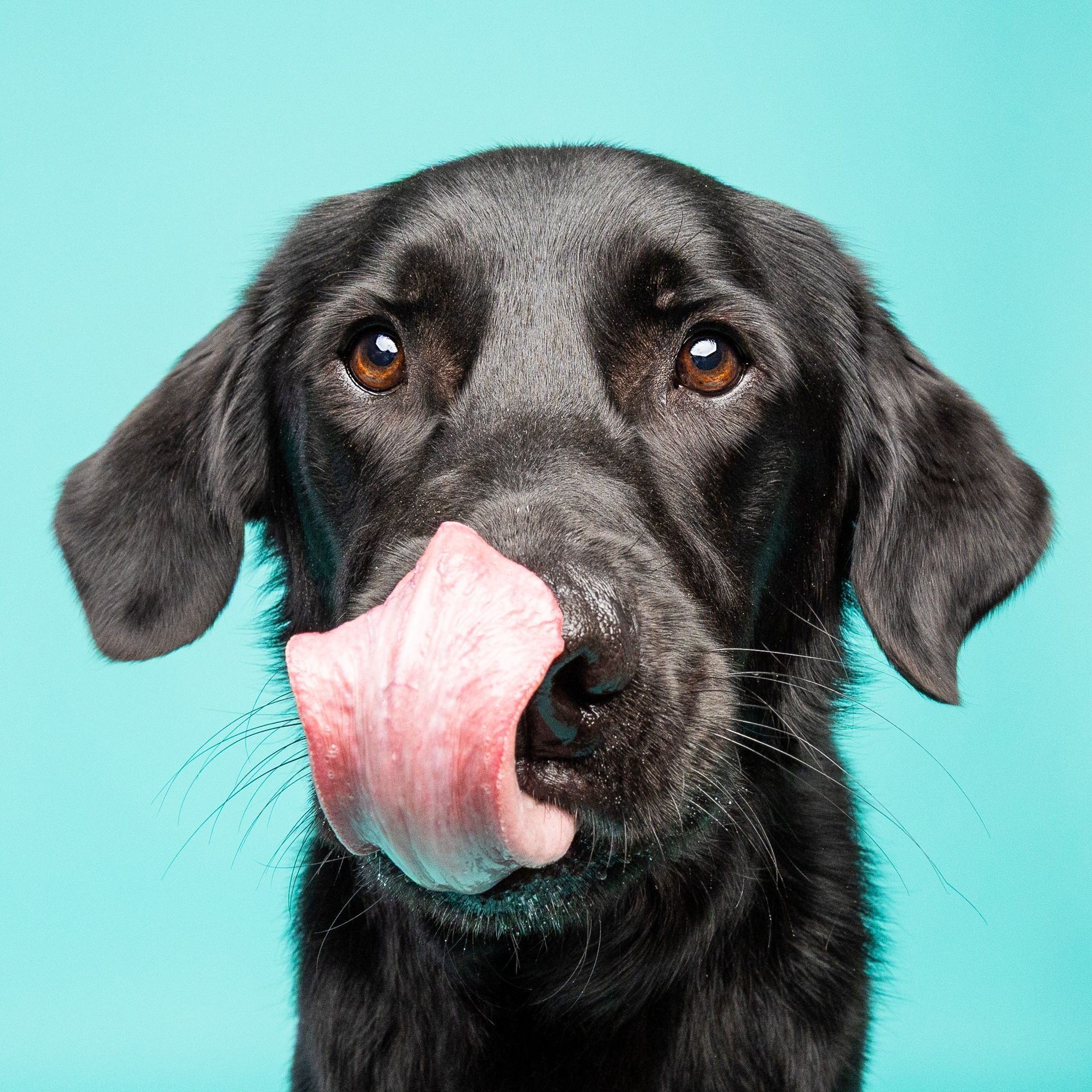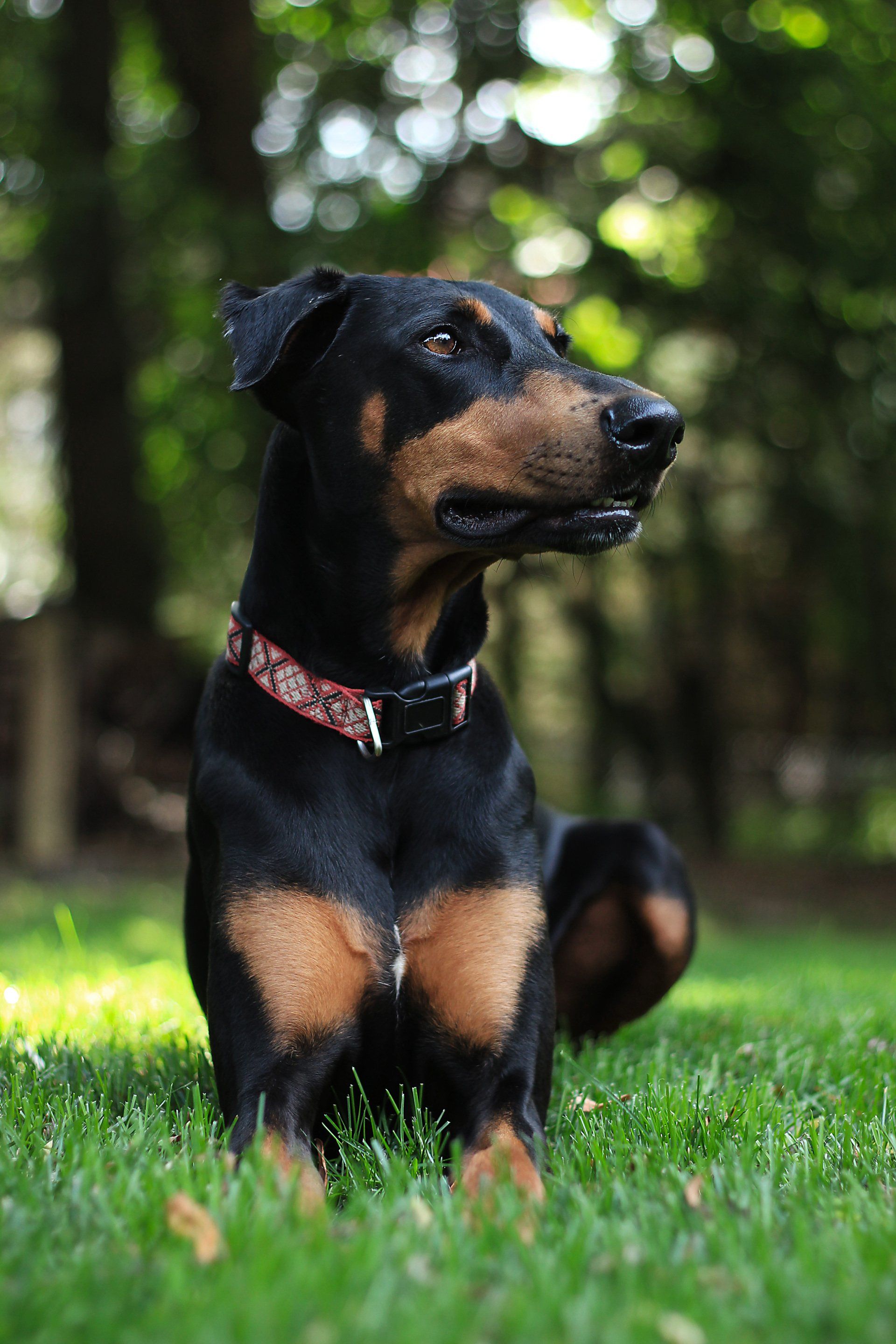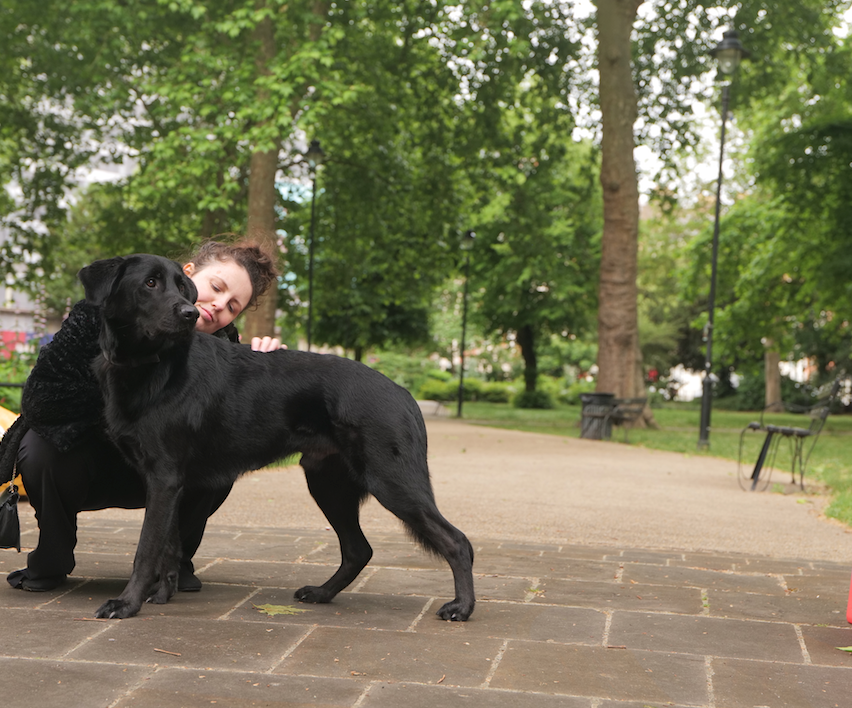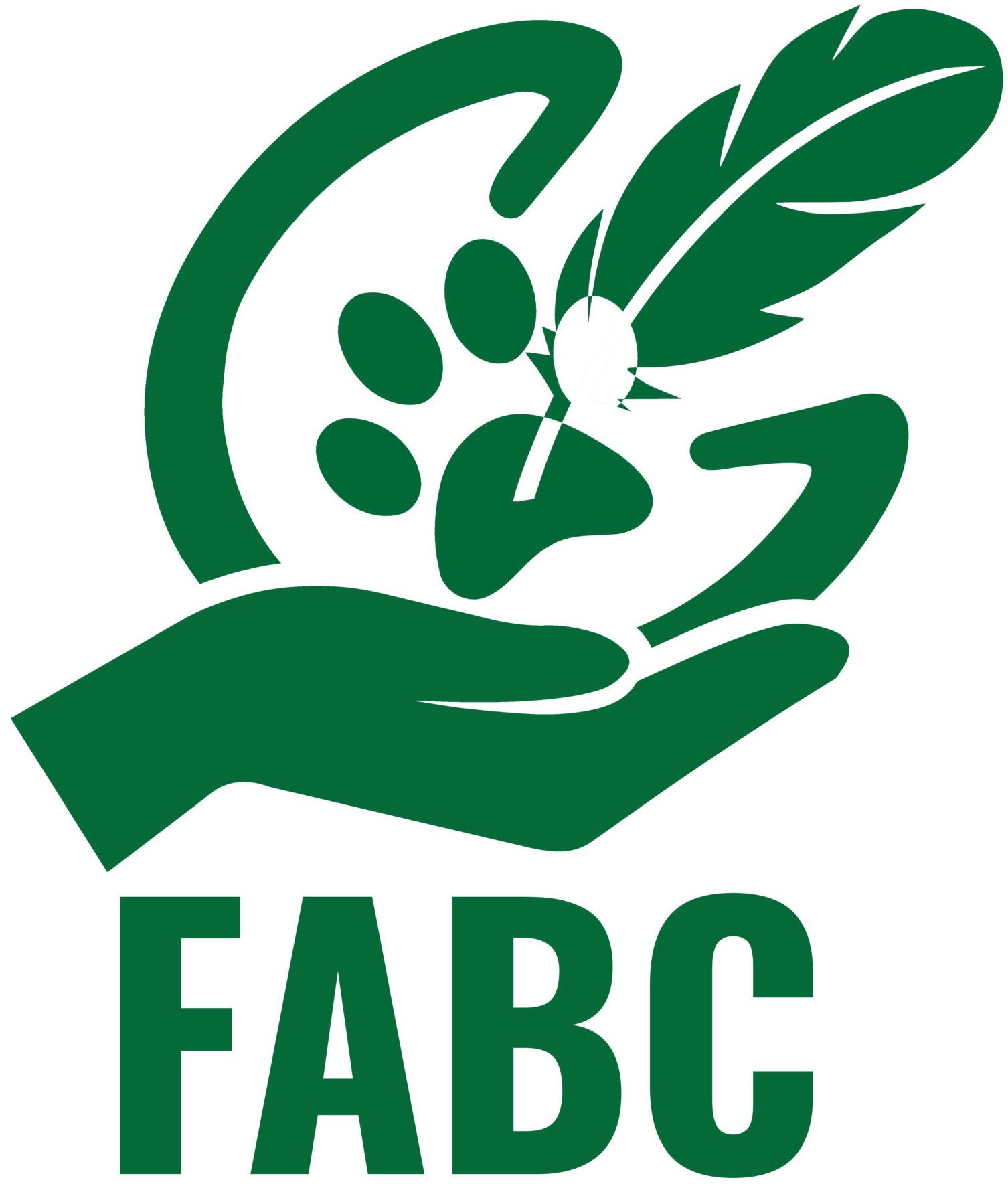It’s put your dog on a lead day today
Here are some reasons why a dog may be on the lead:
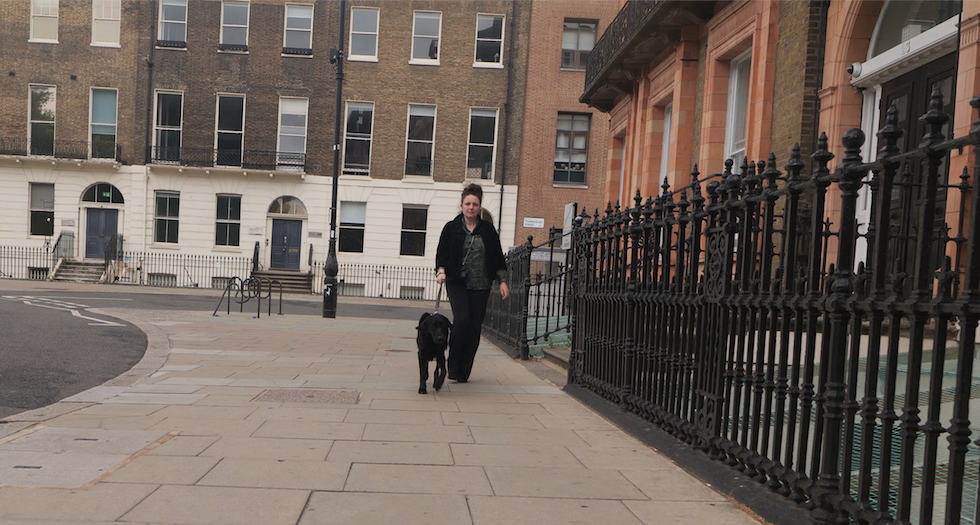
· It’s recall may be poor.
· The dog may be recovering from an operation.
· The dog may have had a bad experience with another dog.
· It may be a rescued dog and not habituated to dogs from a young age.
If a dog (or person!) is recovering from an operation the last thing they will want is another dog bounding over to them. It does not matter if this intention is good, it is how that animal perceives the experience. Dog play can be intense and involve sparring and jumping up and even if a dog is enjoying it (a dog can still be in pain and jump up), you’ll be making it hard for the caregiver who is trying to keep their dog’s activity low impact.
If a dog has had a bad experience with another dog, they can start generalising fearful experiences. It does not matter if the bad experience wasn’t with your dog. A dog can be hypervigilant and use repel behaviour such as barking and lunging as it gets that dog to move away. They are then likely to repeat this behaviour as it makes them feel safer – which is very reinforcing. Having a dog constantly running over can make the poor dog feel trapped (because physically it is), and makes them likely to use this behaviour. This can make it hard for the caregiver – having a dog that is barking and lunging on the other end of the lead. So pop your dog on the lead if you see another dog.
If you yourself have a dog who shows reactivity the following phrases can sometimes help:
Saying my dog is sick
Saying my dog is contagious!
My dog is scared.
Quite often when you say my dog will tell yours off, people brush it aside and say that their dog needs a good telling off. Obviously, this is counter intuitive to what you’re wanting to teach!
If you're dog runs towards other dogs and you can't recall them or your dog is lunging and barking on the other end of the lead, reach out to see how I can help.


